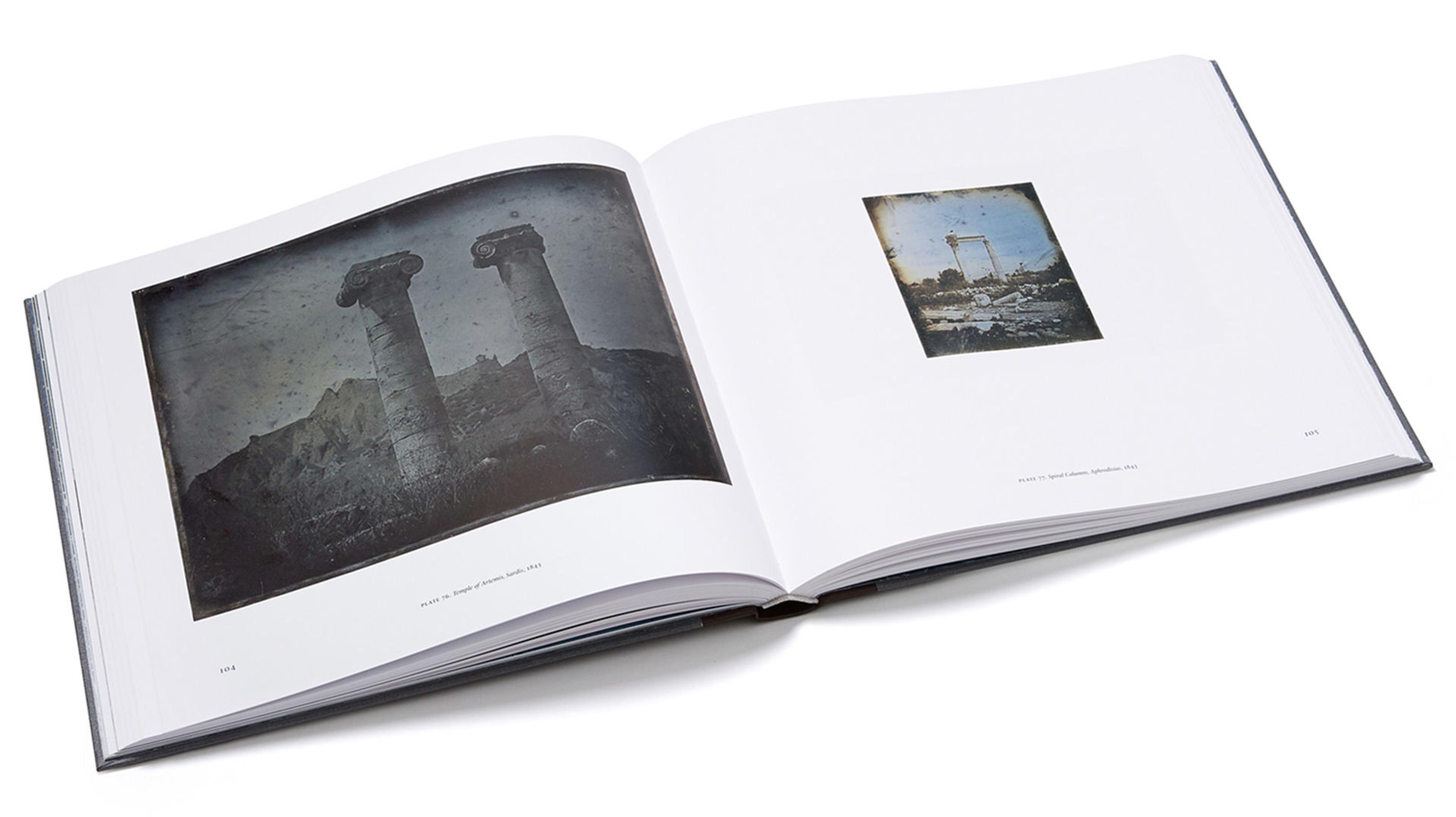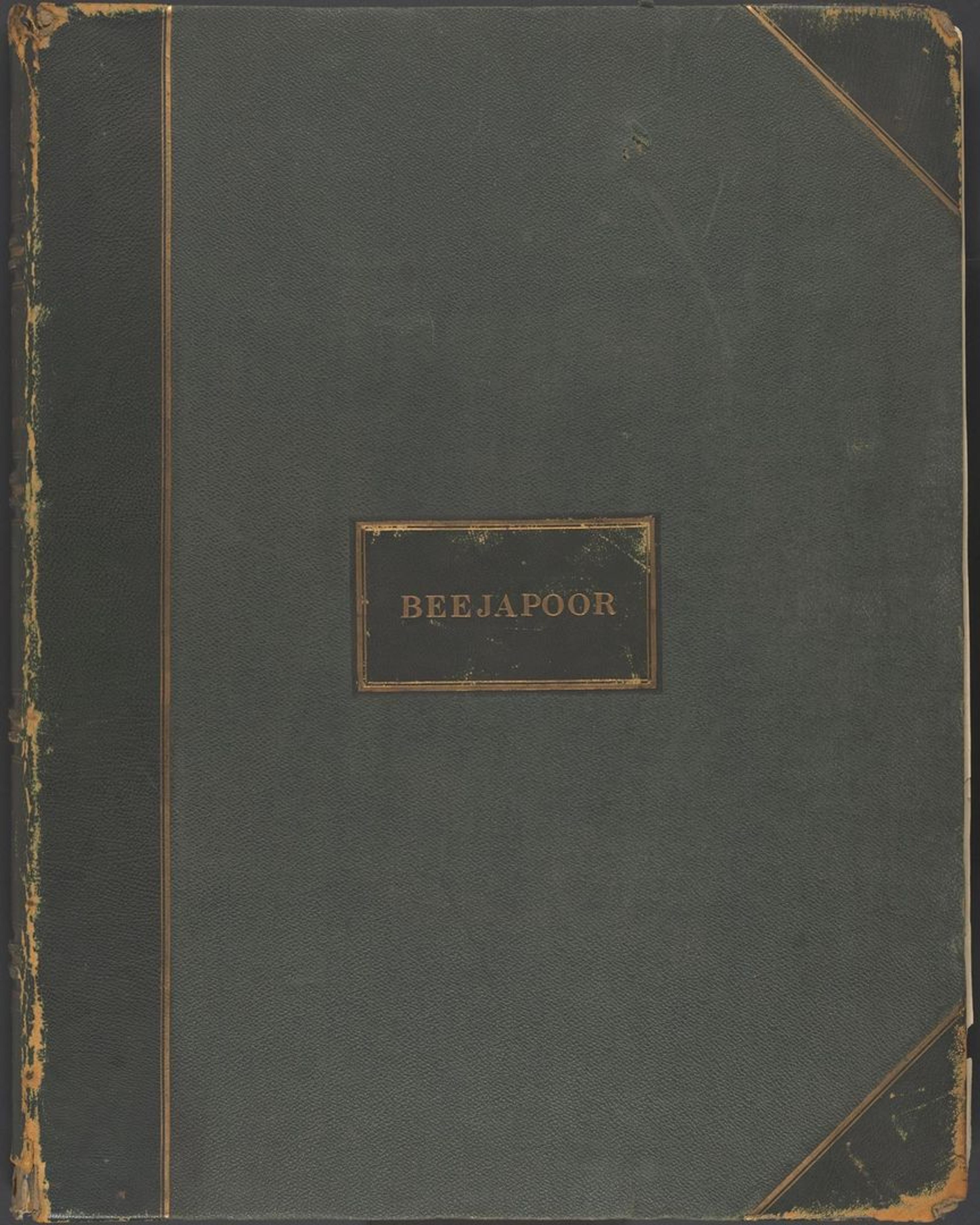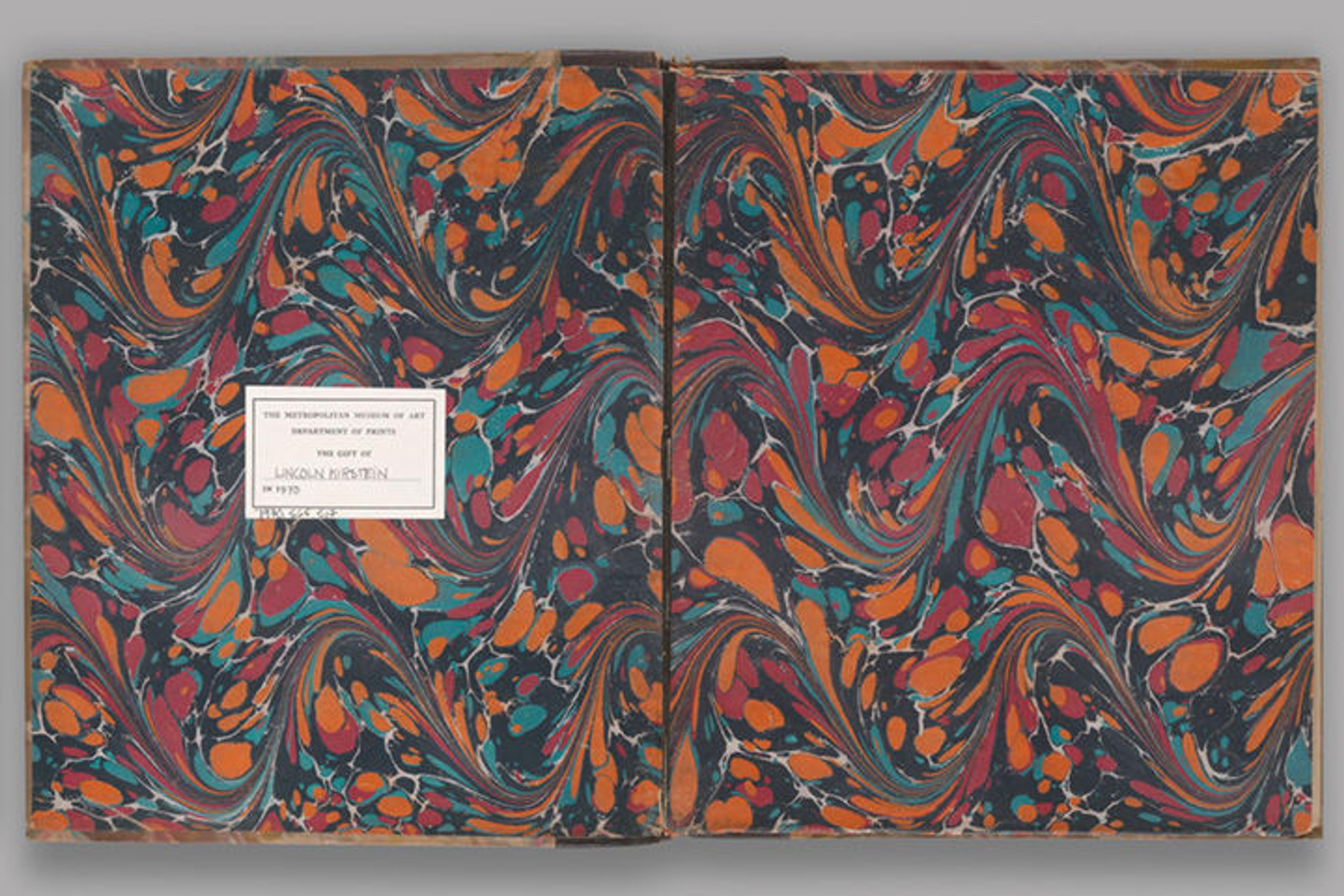Ghostly Reproductions: Paul Booth on Producing Monumental Journey

Monumental Journey: The Daguerreotypes of Girault de Prangey, by Stephen C. Pinson, features 206 full-color illustrations and is available at The Met Store and MetPublications.
In 1842, Joseph-Philibert Girault de Prangey (1804–1892) set out eastward across the Mediterranean. The pioneering French photographer spent the next three years documenting areas largely unseen by those who lived in the West, including Greece, Egypt, Turkey, Syria, and Lebanon, producing some of the earliest surviving photographic images of these places. Monumental Journey: The Daguerreotypes of Girault de Prangey, the first monograph in English on the artist, features hundreds of daguerreotypes that Girault de Prangey made during his unprecedented trip. Incisive essays shed new light on the arc of the artist's career and his groundbreaking contributions to the burgeoning fields of photography, archaeology, and architectural history. This book also offers a rare, early look at sites and cities that have since been altered—sometimes irrevocably—by urban, environmental, and political change.
I spoke with production manager Paul Booth about his work on the book, including his painstaking perfecting of the reproductions of Girault de Prangey's beautiful works of art, many of which are published here for the first time.

Spread from Monumental Journey. Most of the daguerreotypes are reproduced at their actual size in the catalogue.
Rachel High: Could you give an overview of what you do in your role as production manager at The Met?
Paul Booth: As a production manager, I liaise between the Museum's Publications and Editorial Department and a book's authors and designer to keep the project moving forward and on schedule. I am also responsible for ensuring accurate and pleasing color in the printed reproductions of artworks. To achieve this, I compare color proofs—tests that show how the images will print on the paper we've selected for the book—to the actual artworks or, in instances where the art is inaccessible, confer with the curator to make necessary adjustments. At the printer, I oversee press checks to guarantee that the inks match our approved proofs.
Rachel High: The Met prints most of its catalogues on an offset press to ensure the highest quality reproductions. Offset printing typically involves a four-color printing process: cyan, magenta, yellow, and black. But in this book, there was an extra color of ink added to the press. How does adding this additional ink support the reader's understanding of these works of art?
Paul Booth: Daguerreotypes have a mirror-like surface, which imparts a fugitive, ghostly quality when experienced in person. Minor changes in lighting conditions or viewing angle can radically affect the overall impression of a given picture. Our goal was to capture those characteristics to the extent possible with ink on paper. We added metallic silver to better approximate the unique qualities of Girault's works.
Rachel High: What's striking to me about the book's design is how it recalls nineteenth-century photo albums. There are quite a few in The Met collection that look very similar to this publication. Were there particular sources that you were looking at when working with the designer, Carl Scarbrough, on this catalogue?

The catalogue's design was inspired by nineteenth-century photo albums, like this one in The Met collection: Views in India—Beejapoor, 1870s–80s. Albumen silver prints. The Metropolitan Museum of Art, New York, Purchase, Rogers Fund, 1918, transferred from the Library (1991.1073.67)
Paul Booth: The three-piece binding of our catalogue definitely quotes those nineteenth-century albums. The original idea grew out of a brainstorming session with the Museum's Publisher and Editor-in-Chief, Mark Polizzotti. We took the concept one step further with endpapers inspired by marbled sheets from a nineteenth-century French book in the collection of The Met's Department of Drawing and Prints. The original pages are richly colored and, for lack of a better word, vulgar—but in a good way! We liked the undulating pattern, but felt the palette didn't jive with the restraint employed throughout our publication. By replacing the original turquoise, orange, and fuchsia with three Pantone (PMS) colors, we achieved a more subtle, quiet impression. There's also a bit of silver mixed in to the ink, as a nod to the treatment of the daguerreotypes.

Detail of the endpapers for Monumental Journey.

The original source of the book's endpaper design. Charles-Albert Arnoux Bertall (French, Paris 1820–1882 Paris). Les Communeux—Types-Caractères-Costumes, 1880. Hand-colored wood engravings. The Metropolitan Museum of Art, New York, Gift of Lincoln Kirstein, 1970 (1970.565.517)
Rachel High: The title Monumental Journey could apply not only to Girault's trip eastward across the Mediterranean, but also to how the daguerreotypes arrived at The Met; they were discovered in the artist's abandoned estate three decades after his death, and many of the works in the catalogue have never before been published. What was your process color correcting these images, knowing you were the first person to make many of them available in print?
Paul Booth: It was great to have so many of the daguerreotypes in the Museum during the color-correcting phase, and I worked closely with Stephen Pinson, the book's author, who provided invaluable guidance. As daguerreotypes are impacted so radically by changes in light or position, they are tough to photograph and challenging to color correct. At an early stage in the book's production, we questioned whether to standardize the appearance of the reproductions or embrace the subtle differences that became evident through the process of documenting the pieces. We decided to preserve this variation, which heightens the unique qualities of the works and approximates the experience of seeing them. Each image in the book tells its own story, not only by reproducing the reflections of Girault de Prangey's journey, but also by acknowledging the object history of the individual daguerreotypes.
Related Content
Monumental Journey: The Daguerreotypes of Girault de Prangeyis on view at The Met Fifth Avenue through May 12, 2019.
The exhibition catalogue, by Stephen C. Pinson, features 206 full-color illustrations and is available at The Met Store and MetPublications.
What makes Monumental Journey a must-see exhibition? Get to know the innovator behind the monumental journey in this introductory article.
Watch a video about Girault de Prangey's innovative technique for making double-exposure daguerreotypes.
Rachel High
Rachel joined the Publications and Editorial Department in 2014 where she has previously held the roles of Publishing and Marketing Assistant and Assistant for Administration. She manages the MetPublications website, the Museum's text licensing program in all languages, and the @MetPubs Instagram account. In addition to her work marketing The Met's titles, Rachel also consults on Museum co-publications and the Costume Institute catalogues. She has been a speaker at the National Museum Publishing Seminar and is an organizing member of the International Association of Museum Publishers. She holds a B.A. in Art History from New York University and an M.A. in Art History from Hunter College. Her own research centers on the intersections of art and publishing.
Selected publications
“Something Else Press as Publisher.” Master’s thesis, Hunter College, City University of New York, 2020. CUNY Academic Works.